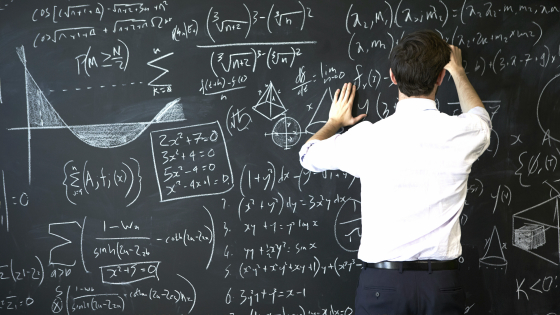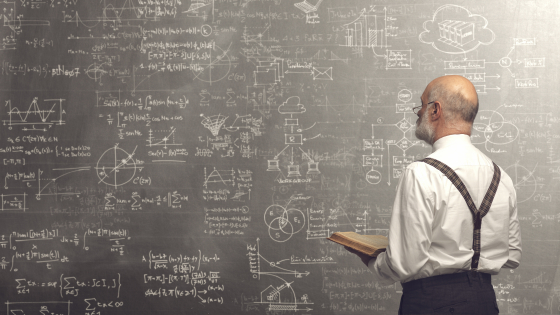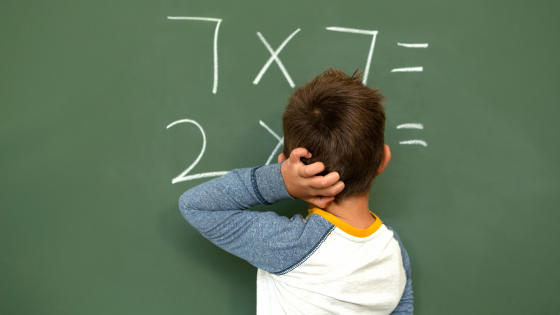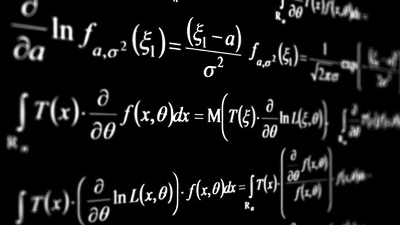Why was the Soviet Union's math textbooks so difficult?

Russia places great emphasis on education in subjects such as computer science, mathematics, and physics, and it has been said that
Why are Soviet mathematics/physics textbooks so insanely hardcore in comparison to US textbooks? - Quora
https://www.quora.com/Why-are-Soviet-mathematics-physics-textbooks-so-insanely-hardcore-in-comparison-to-US-textbooks
Scott Miller, an engineer who stayed in Protvino , Russia, around 1992, recalled, 'In the late 20th century in Russia, we were very lucky to have access to a 'real' computer.' Protvino was a science city with about 20,000 scientists and engineers, and the bookstore had all kinds of books on mathematics and science. While the content was extensive, many of the books were made of thin paper that you could see through the back of the pages from the other side, and they were cheap.
'I was struck by the contrast between the abundance of material resources in the United States and Europe and the creativity and thinking of the Soviet Union,' Miller says. 'The Soviet Union lacked computers and other materials, so students and scientists had to compensate with their brains.'

For example, Protvino was more likely to try to make the most of existing equipment rather than adopting the latest technology, as was the case at
'By thinking about the problem itself, researchers can gain insight into the nature of the problem and its relevance to other research fields. Also, by understanding the problem deeply, different approaches to the problem can be developed. This can also lead to shorter calculation times,' said Miller. Miller speculated that the lack of facilities nurtured researchers from the Soviet Union era, and that their attitude of pursuing academic subjects led to the difficulty of textbooks.

Henry Weiss, who was taught calculus by Russian and American professors during his university days, said that although he had never actually seen a Russian or Soviet textbook, he felt the rigor of mathematics in Russia from the difference in the way teachers taught it.
First, the American professor was very interested in 'how freshmen learn calculus' in order to create a better calculus textbook. The professor surveyed the freshmen's understanding and researched what was difficult about calculus so that more students could master it. Weiss reflected on the American professor's class, saying, 'The lectures were really fun. They were hard, but I felt like I really understood calculus well.'
On the other hand, the Russian professor's calculus class was designed to ensure that only the best students survived. Weiss said he had a really bad experience with situations that had nothing to do with calculus itself, such as short explanations, difficult syntax, and the professor's critical responses to basic questions. He speculates that the difference in educational policies is reflected in the textbooks.

Furthermore, some have suggested that the difference in the difficulty of textbooks in the Soviet Union and the United States was due to the different aims of teaching mathematics.
Under the socialist Soviet Union, academic studies related to technical professions were highly favored, and mathematics and physics, which were essential for technical professions, were particularly emphasized. Former U.S. soldier Cyprian Eliu Ivanov speculates that as a result of the Soviet Union's attempt to cram knowledge into students, the scope of academic study became broader, and more people became curious about learning.
Furthermore, Ivanov also mentioned the difference between teachers in the United States and the Soviet Union. According to Ivanov, American teachers were strongly urged to help the least able students, not the most able students. However, in the Soviet Union, it was the opposite, teachers helped the most able students. Ivanov also said that American textbooks are not for future engineers, but are designed to give students a minimum level of knowledge, while Russian textbooks are designed for students who will become engineers in the future.

Liviu Nicolaescu, who received his mathematics education in Romania during the period when it was under the strong influence of the Soviet Union, said, 'Education in Romania at that time was not much different from education in the Soviet Union. In the Soviet Union, famous scholars were involved in the creation of textbooks, and for example, famous mathematicians such as Andrei Kolmogorov supervised textbooks in mathematics.
In the Soviet Union, the ' Landau-Lifshitz Course in Theoretical Physics' was used as a textbook for physics. According to Nicolaescu, the content of the 'Landau-Lifshitz Course in Theoretical Physics' is so difficult that it makes one wonder whether it was really a standard textbook at Soviet universities.
'I can say with certainty that the average American high school graduate has much lower math skills than the average Romanian high school graduate of my time,' said Nicolaescu, who is also a professor of mathematics at the University of Notre Dame. 'By basic math skills, I mean basic skills like numbers, fractions, decimals, solving linear equations, solving quadratic equations, polynomials and rational functions. These skills are not emphasized in American high schools.'

Some people said that it's not that Russian textbooks are too high quality, but that the quality of textbooks used in countries outside the Soviet Union is too low. 'In a country like the United States, education is a business, but in the Soviet Union it was a privilege,' said programmer Boris Chuprin.
In countries like the United States, students pay for high school and university education, so the level of education is easy to keep them from dropping out. On the other hand, education in the Soviet Union was free, and outstanding students were given scholarships, and they could avoid or postpone conscription. As a result, the academic competition between students became fiercer, and the teaching materials became more difficult to make the difference between superior and inferior more clear, Chuprin speculated.
In addition, the Soviet Union had a high demand for military developments such as atomic bombs, rockets, and radar, and mathematicians and physicists involved in the development were highly favored. Chuprin believes that the Soviet Union took advantage of people's desire to improve their lives, increasing the number of students aspiring to become mathematicians and physicists, and making the teaching materials more difficult in order to produce better talent.
Related Posts:
in Note, , Posted by darkhorse_log







